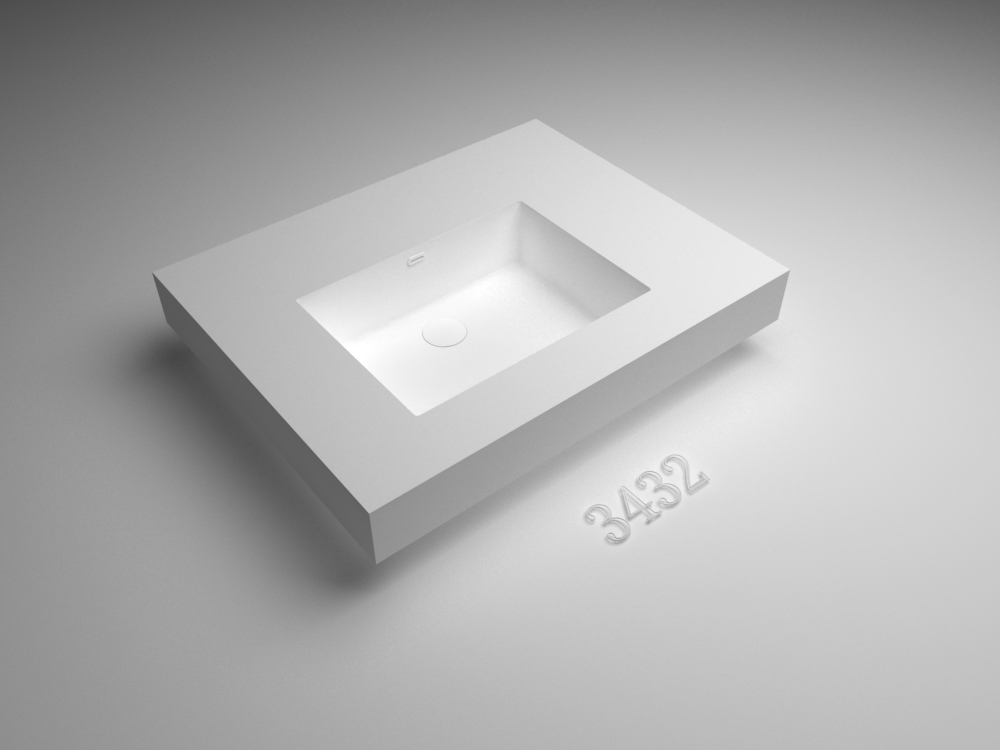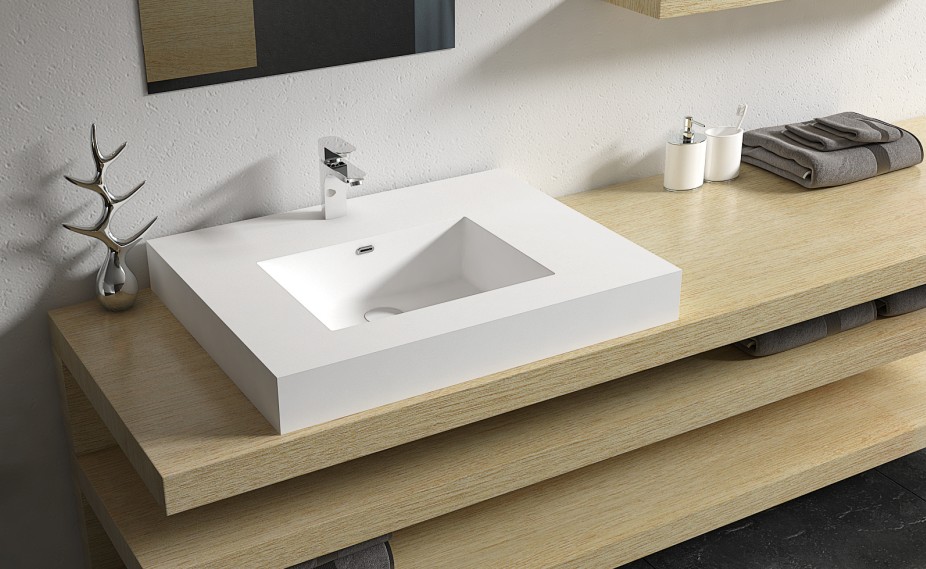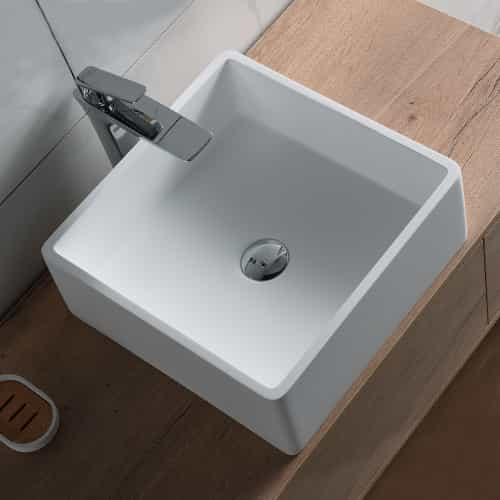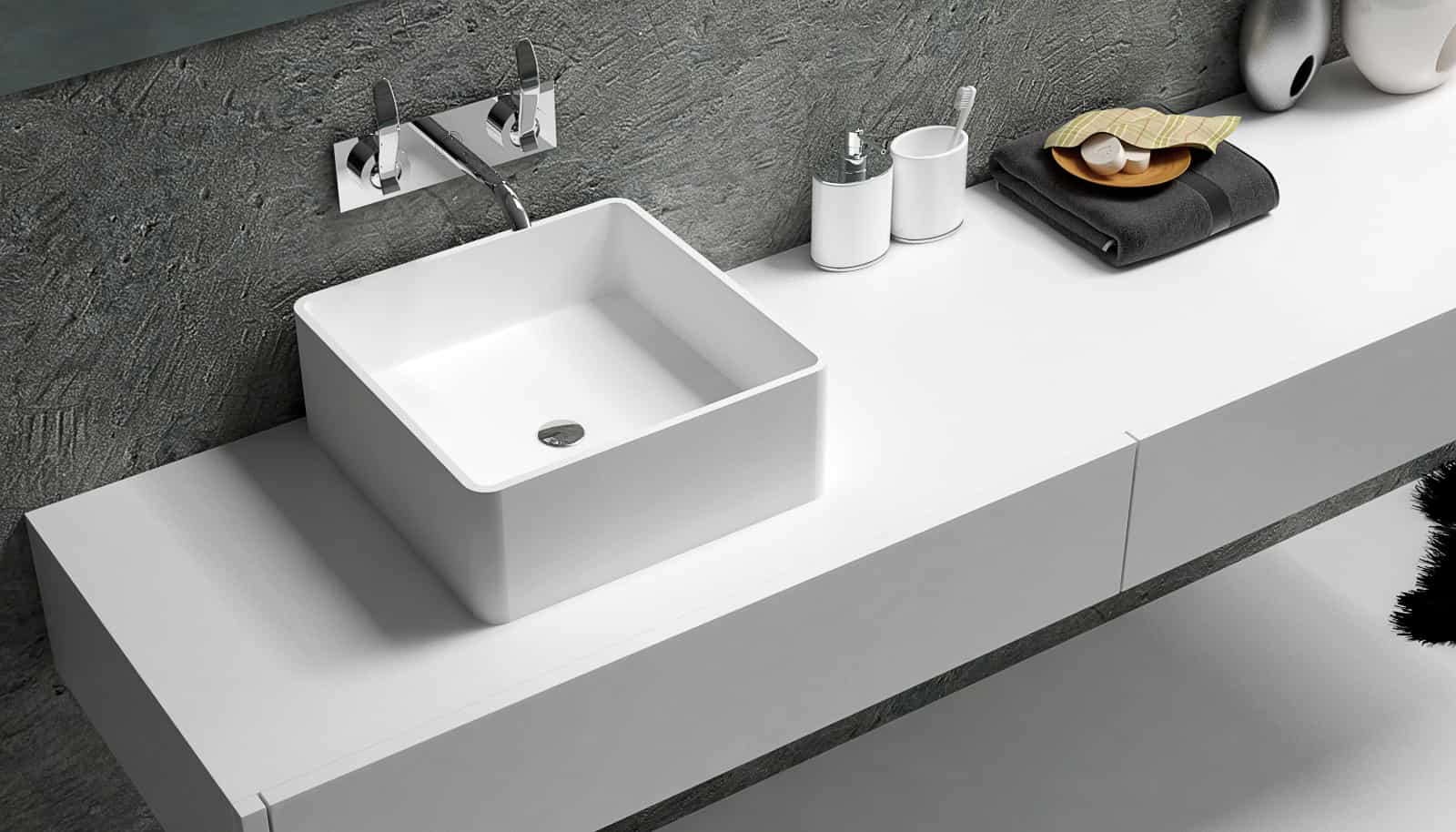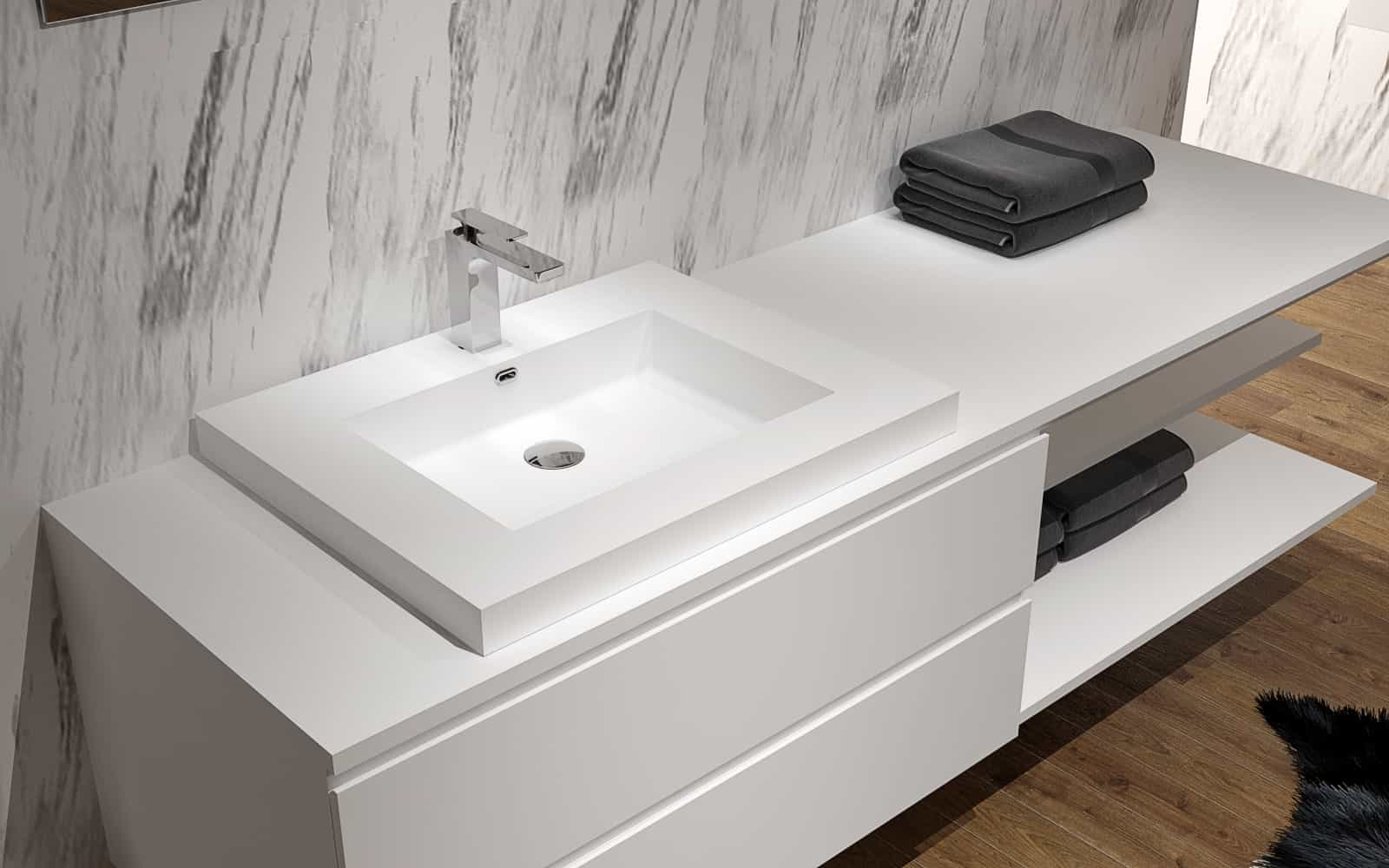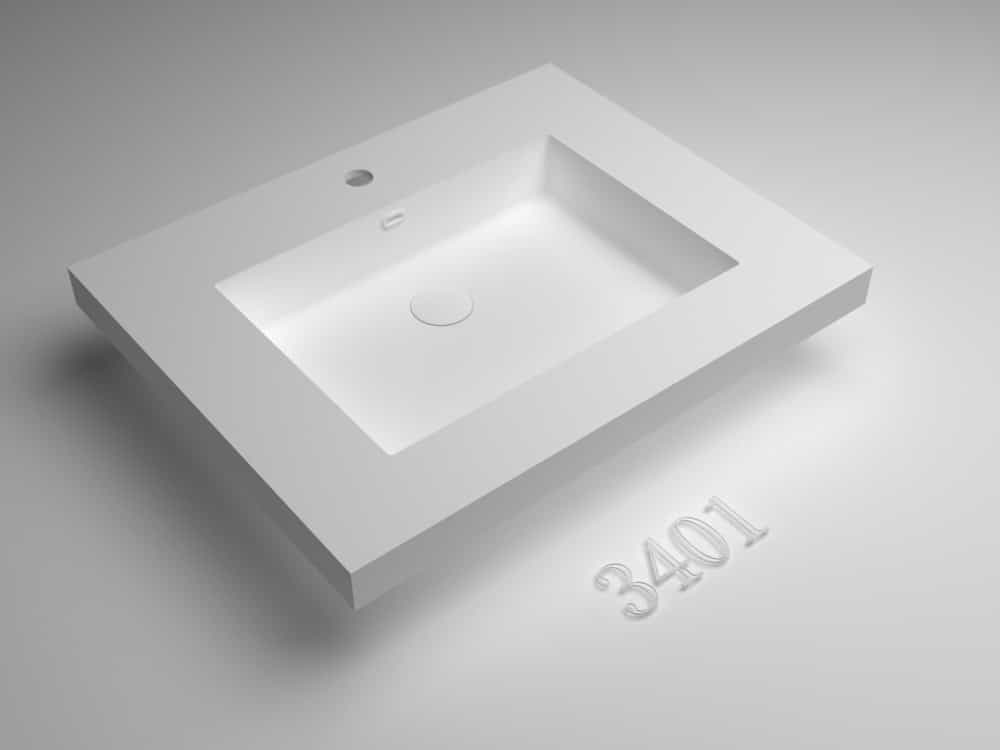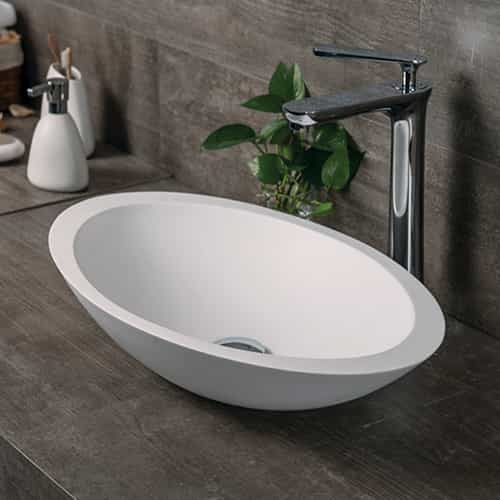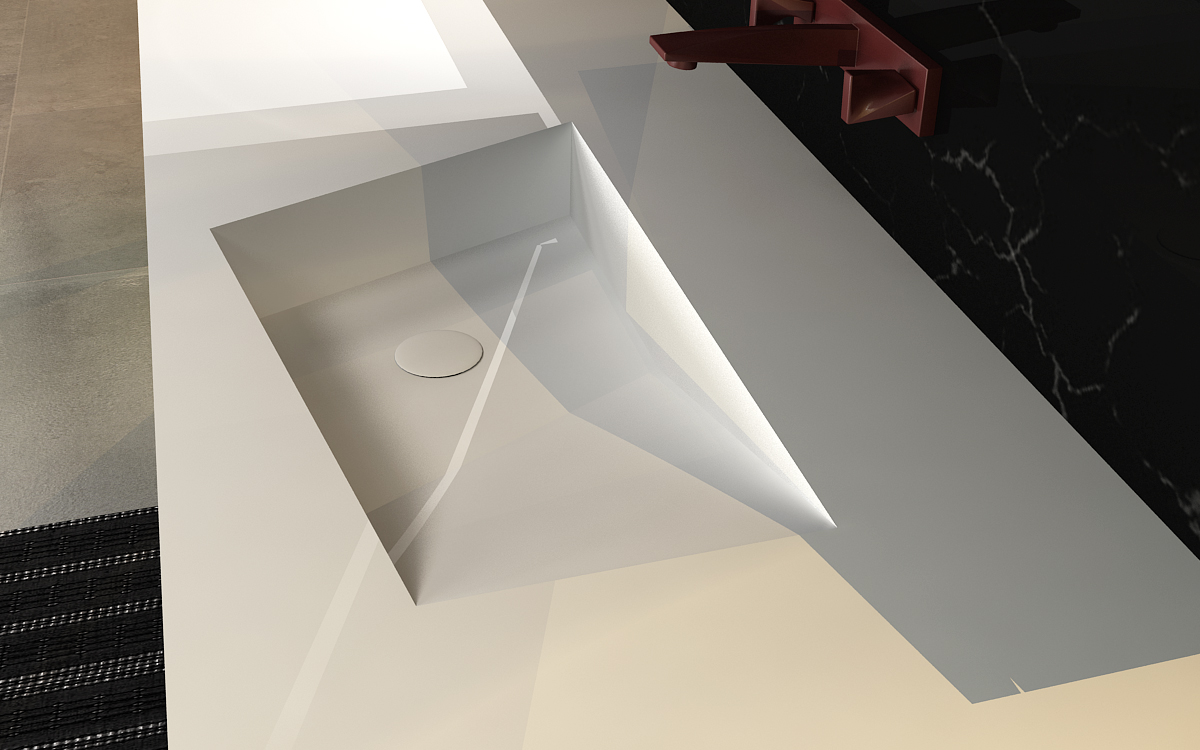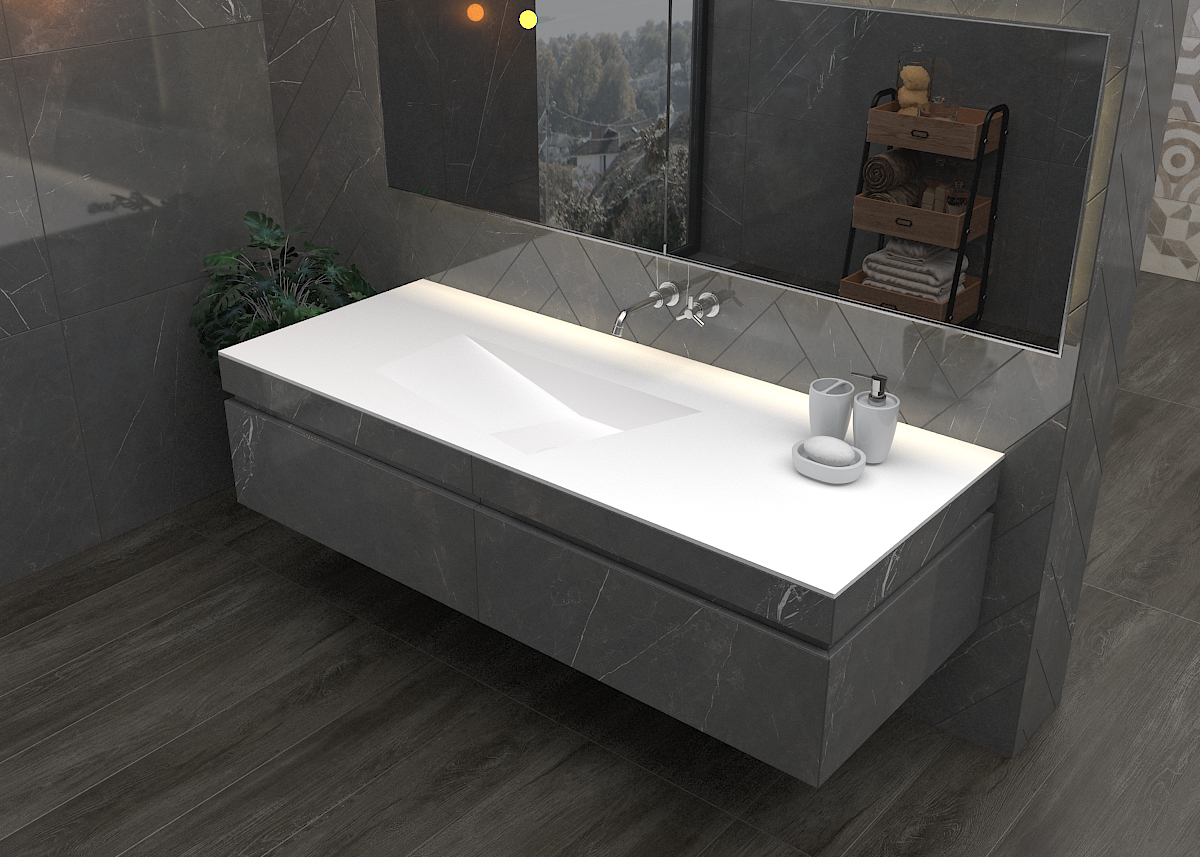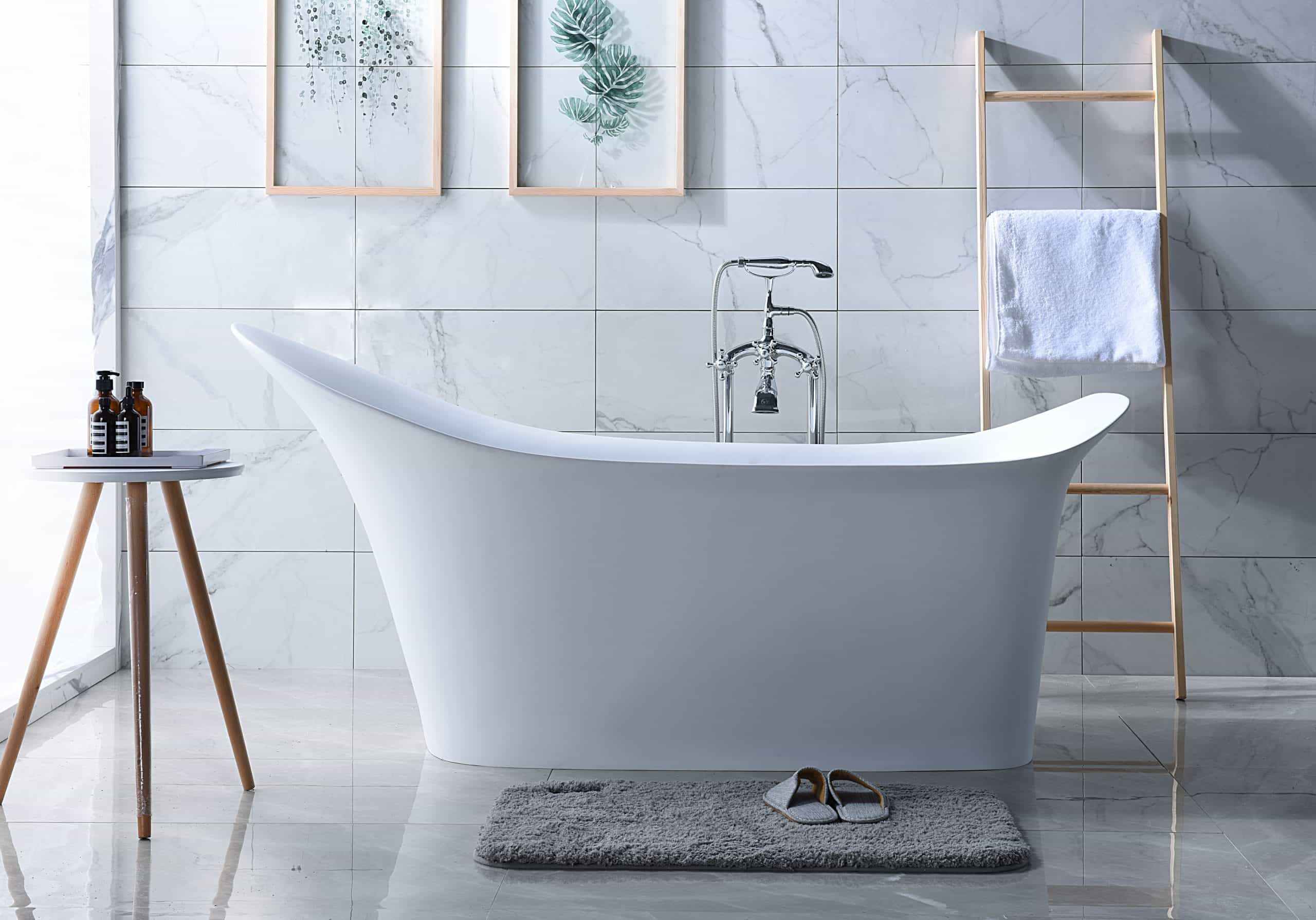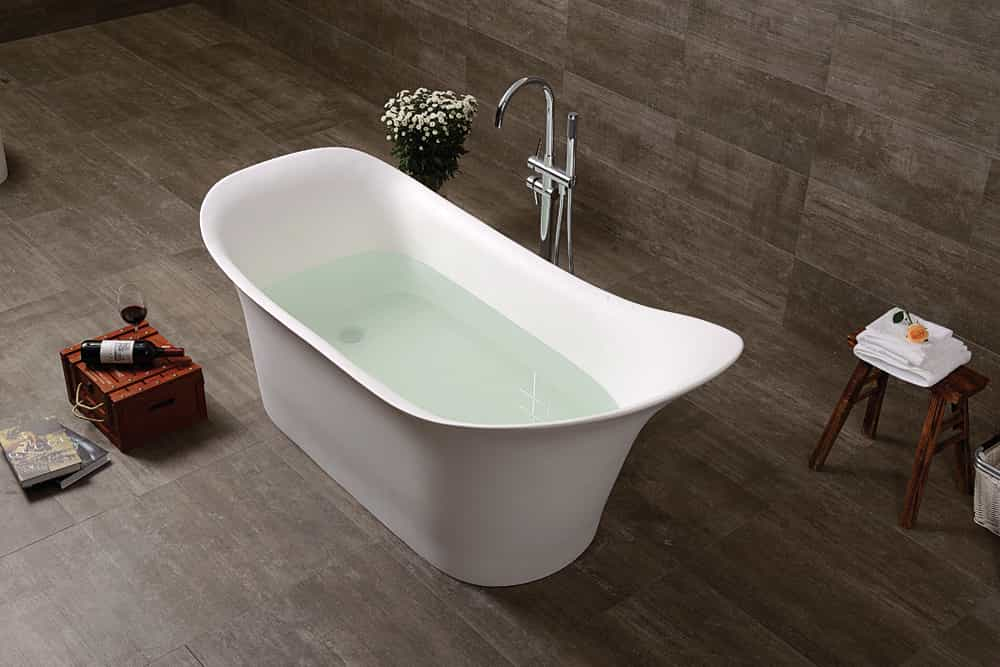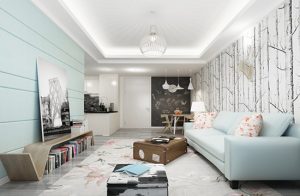
In winter, many owners come to consult about winter decoration. The traditional concept is that winter decoration is not easy, because there are many reasons for inconvenience, such as dry climate, poor ventilation, and heavy dust. These troubles caused by special seasons make people afraid of winter Decoration affects the quality of construction. Is winter decoration suitable? What are the necessary precautions?
How should we decorate? Professional home improvement companies consider these issues for you in advance, and ensure the construction quality from the top ten details.
1. Regular ventilation can ensure the quick release of poisonous gas
1. After the decoration in winter, it should be ventilated continuously for at least seven days. After a large number of furniture, carpets, and fabrics are placed in the room, they should be vacant for a few days to ventilate before moving in. To avoid concentrated volatilization of a large number of harmful substances and pollute the environment, all furniture should be vacant for a few days. Hang laundry later.
2. The room ventilation should adopt the method of opening large windows on the south side and opening small windows on the north side. The indoor temperature and ventilation volume should be reasonably controlled, and strong ventilation is not suitable.
3. The kitchen exhaust fan and kitchen hood can be properly turned on to enhance indoor ventilation.
4. Use an air humidifier to humidify the indoor air, or place a clear water container on the indoor heater to keep the indoor air humid.
5. Try to use detergent with surfactant as the main component to wipe and clean up the traces of interior decoration, and do not use highly volatile solvents such as gasoline and alcohol.
6. The wooden floor should be waxed once a week or two weeks. It is not advisable to wax frequently. It can be wiped with a damp soft cloth every day.
7. Properly place green plants indoors.
2. Avoid wood cracking and deformation
1. Wood and boards are stacked 800mm away from the heat source to avoid cracking and deformation of wood and boards due to overheating.
2. In rooms heated by geothermal heating, when stacking wood and various man-made boards, add wooden squares at the bottom of the boards to avoid cracking and deformation of the wood.
3. Every two veneers are a pair, stacked face to face layer by layer, and the upper surface is loaded with pressure with a large core board to ensure that the veneer is not curled, deformed or cracked.
4. Water-based paints and glues should be stored in rooms with high temperature, and should not be placed on balconies or north-facing rooms to prevent frostbite.
5. Paint and volatile chemicals should be stored separately, away from heat sources, and the room should be ventilated continuously.
6. Use vans to transport construction materials, water-based paints, and glues, and pack them with thermal insulation materials before transporting to avoid freezing damage.
7. The three- and five-percent veneer boards are forbidden to be placed on the top layer of the truck to avoid deformation and cracking during transportation.
8. Water-based materials should be inspected after they are delivered to the site. Once any deterioration or denaturation is found, they should be returned to the warehouse in time, and their use is prohibited.
3. The room temperature should not be lower than 5 degrees Celsius
The room temperature is lower than 5 degrees Celsius, and winter construction cannot be carried out. In winter, when the temperature is low, if the plastering, puttying, tiling and other work surfaces are frozen, there will be quality problems such as hollowing. For rooms that have not been heated, when the temperature does not meet the requirements, construction should be suspended or heating equipment should be added to increase the indoor temperature.
4. Strict fire prevention on site
When decorating in winter, some houses do not have heating indoors, and some decoration workers will use open flames for heating indoors. This is very dangerous, and it is very easy to cause hypoxia, poisoning and even fire.
In addition, be careful when there is too much dust. In dry areas, dust (powder-like combustible solids) may explode when it reaches a certain concentration and encounters an open flame. In addition, because the newly purchased materials generally have a strong volatile odor, it is easy to be poisoned if the window is not opened.
Special reminder: During winter decoration, it is best to give workers enough warm clothes or bedding. If possible, workers are advised not to spend the night at a construction site without heating or at a very low room temperature.
5. Put the wood indoors for 3 days before using it
In winter, there is a large temperature difference between indoor and outdoor. Whether it is wall tiles or floor tiles, you must wait until they adapt to the indoor temperature before laying them, so as to avoid hollowing and falling off after construction. In addition, special attention should be paid to the paving of the wooden floor. If the indoor temperature is relatively high, the paving gap between the wooden floors should be as small as possible. On the contrary, if the indoor temperature is relatively low, the gap between the boards can be larger.
It is best to place the wood in a room with heating equipment for 3 to 5 days to volatilize the moisture formed due to temperature changes, so that the moisture content of the wood is close to the level of the house. Some auxiliary materials such as wooden keels, wood, gypsum boards, etc. Mildew and cracking and deformation after being exposed to moisture should be avoided as much as possible.
6. There should be no ice cubes in the sand
Too low temperature in winter will have a great impact on the solidification and solidified strength of concrete and cement mortar, which will reduce the quality of the project. Maintaining indoor temperature is the key to this process. However, the general family decoration project rarely involves civil engineering, so this problem is not very common. The sand should be carefully sieved to avoid ice cubes, and antifreeze should be added appropriately. When mixing the mortar, the temperature of the water should not exceed 80°C, and it should be adjusted frequently as it is used. The curing time of the bricklayer construction should also be extended by 48 to 72 hours.
After the water and electric lines are grooved, the cement mortar used to fill the grooves should use air-hardening (dry) mortar, and the batch scraping of the wall or other processes should be performed 48 hours after filling (room temperature above 5°C) .
7. Use antifreeze with caution
Use antifreeze with caution. In winter construction, there is also a problem with the use of antifreeze. The use of antifreeze in building decoration can make concrete harden at negative temperature and achieve sufficient antifreeze strength within a specified time. However, if nitrite, the main component of antifreeze, is ingested in excess at one time, it will be poisoned. Therefore, in winter decoration, other methods should be used as much as possible to solve the problem of antifreeze.
Eight, how to deal with the strong cold air
Although it is a warm winter, it only means that the overall average temperature in winter is higher than that of normal years, and it does not mean that there will be no strong cooling weather. Therefore, special attention should be paid to coating construction at low temperature and opening windows for ventilation after snow melts. The application temperature should be above 5°C. Since the ambient temperature for paint application should not be lower than 5°C, it is necessary to pay attention to close the doors and windows first during winter decoration construction to ensure that the indoor temperature is at least not lower than 5°C. In this way, on the one hand, the indoor temperature can be guaranteed, and on the other hand, it can also prevent the outdoor wind and sand from blowing on the wet furniture and walls, causing roughness and unevenness. And when rain and snow fall in warm winter, because the temperature of surrounding buildings (especially the ground) is high, the snowflakes will melt immediately when they reach the ground, and it is not easy to form snow accumulation. In such an environment, open the windows for ventilation, wait until the paint is fully dry, then open the doors and windows for ventilation, and pay attention to the timing.
Nine, the putty should not be scraped too thick
Because the indoor air is dry and loses water quickly, the putty before the oil work should not be scraped too thick, otherwise it will easily cause hollowing, cracking, and uneven walls.
Indoor cement mortar plastering, tiling and other processes, close to the heating place, should prevent the local high temperature from causing the mortar to dry too quickly to form cracks and tiles peeling off.
Ten, pay attention to the protection of heating
1: Protect the radiator fins and pipelines during construction. Once the construction is damaged, it will be troublesome to repair it with hot water inside.
2: Usually the radiator is at the window. When opening the window due to construction smell, pay attention to people walking through the window and closing it. To prevent the heating radiator from freezing easily if the windows are open once the water is cut off at night.







